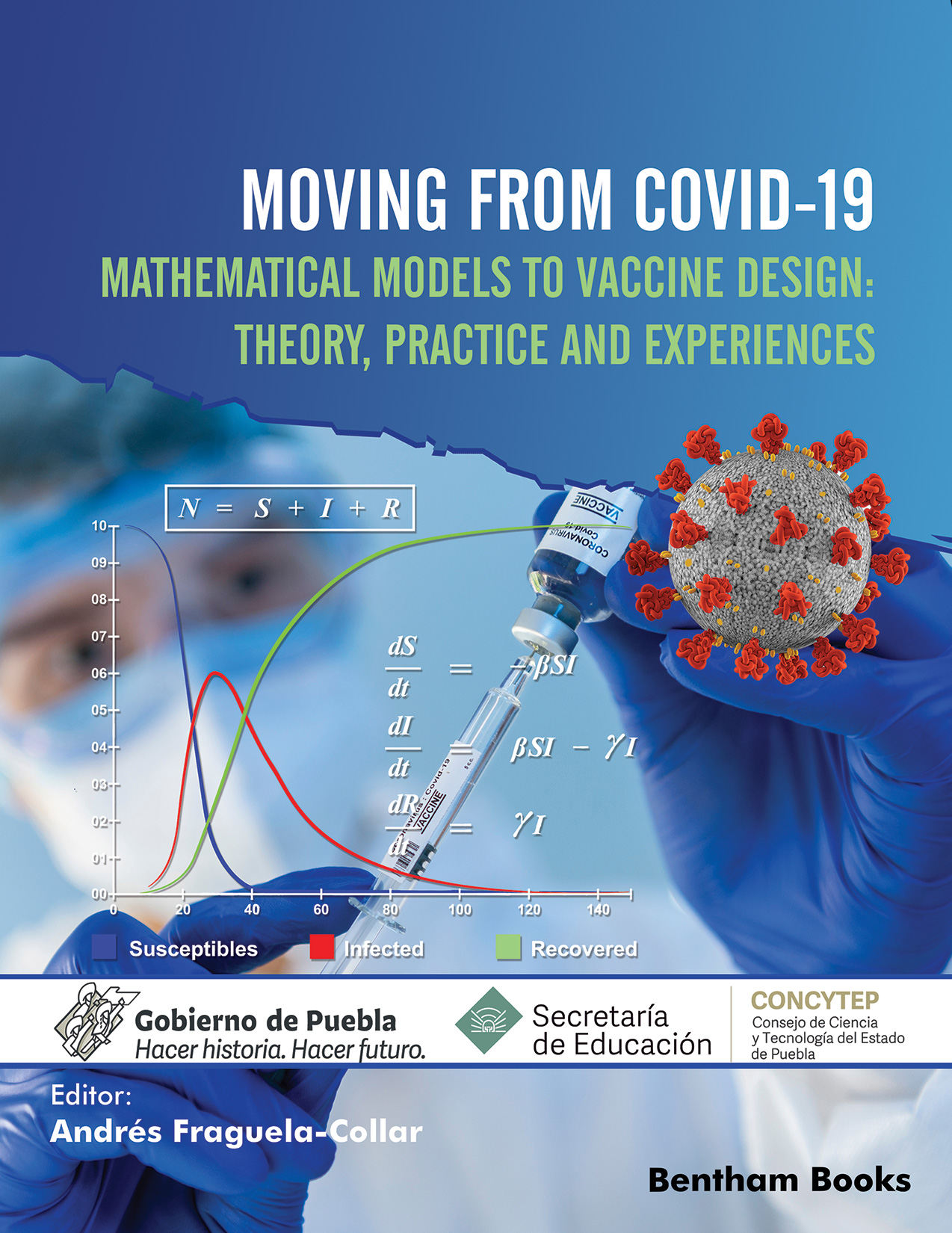Living and coping with COVID 19, the second pandemic of the millennia after
the 2009 influenza pandemic, has posed unprecedented challenges. The world has
dealt with pandemics before. Human history has been shaped by diseases that
present themselves as epidemic, endemic or pandemic diseases. We have
registered pandemics since well before the Christian era, and surely, although no
registries are available, they have always accompanied humankind. Some
remarkable pandemics, that changed the course of history were the Black Plague
in the 14th century that killed a great proportion of the European population, and
the Spanish Influenza, that occurred little more than a century ago in 1918-19, and
killed well over 40 million people, although some scholars say the number of
deaths might have reached more the 100 million.
Circumstances have changed and the world is quite different from what it used to
be just a few decades ago. Knowledge, technology and communications have
developed in an unprecedented speed in human history in the last century and
especially in the last four decades. While these are great achievements, they also
pose new challenges. Lifestyles have changed and the world faces global threats
such as climate change, overpopulation, undernourishment, non-communicable
diseases, the emergence of new potentially pandemic infectious diseases such as
COVID-19, and many others that have pushed together the global community in
efforts to deal with them in a coordinated fashion. Common targets such as the
Sustainable Development Goals prove that leaders all over the world are
concerned about the future of humankind, although not all to the same extent.
These efforts, however, have been insufficient, and COVID-19 has shown that
much more thanmeetings, nice documents and good intentions are needed to face
current challenges. ConfrontingCOVID-19 has risen several questions that need
yet to be answered by scientists as well aspoliticians. For instance, what was the
origin of SARS-CoV-2; how can we deal with health inequities such as
differential access to vaccines, or why many governments and country leaders
disregarded the World Health organization’s recommendations.
In this very complicated scenario, any attempt to better understand and cope with
COVID-19are welcome. This book will surely provide vast and comprehensive
knowledge about the pandemic and its development, and the best ways to confront
it.
Editor and author, Andr´es Fraguela Collar, has brought together several
contributors, fromdifferent Mexican institutions as well as from highly renowned
institutions from other countries ina great effort to try to understand COVID-19.
In chapter 1, readers will find a very thorough and challenging description of the
mathematicalmodelling of pandemics in general and of COVID-19, in particular.
Chapter 2 will guide themthrough key issues about the epidemiology of infectious
diseases. They will get a comprehensiveview from chapter 3 about what was
known at the time the book was written about how SARS-CoV-2 does its damage,
how we, human beings, experience the disease and where were the possible
treatment options at that moment.
Chapter 4 is devoted to mathematical modelling of epidemics. Chapter 5 will offer
readers avery interesting discussion about the importance of data analysis, and the
challenges faced when dealing with something new like COVID-19.
Chapter 6 deals with the epidemic progression of the diseases in a nonhomogeneouspopulation.
Those who love Mathematics will enjoy this chapter.
Chapter 7 leads the readerthrough the very important subject of social inequities
and their role in the propagation of infectious diseases.
Chapter 8 will update the reader on the statistical approach to understand the
severity and fatality of COVID-19.
Chapter 9 is devoted to the Cuban experience, on immunotherapy and the role
played by mathematical models of disease progression at the individual level.
Chapter 10 and last explains in a very comprehensive manner many aspects of
vaccine development and the challenges it poses.
Throughout the book, the reader will find many graphs, tables and formulas, and a
very extensive bibliography in each chapter.This book is an example of a
multidisciplinary endeavor. It is no easy reading for those who do not have
statistical or mathematical background, but anyhow it will be highly enjoyable for
anyreader and particularly for those familiar with mathematical concepts and
methods.
COVID-19 is evolving in many senses, and it is a challenge to health systems, and
at theindividual level, to both clinicians and researchers. Modelling it has proved
to be a very difficulttask and as we learn more about it, we discover that there are
yet many things to unveil. With thisdisease, humankind is walking in unchartered
territory.
I recommend the reader to follow on new every day developments, to stick to
basic publichealth messages which have proven to be the best defense against the
disease and to have in mindthat this will not be the last pandemic we will face.
There is a very high probability of a newpandemic in the future, although we do
not know when or how it will occur. As someone said “the clock is ticking, but
we do not know what time it shows...”
Enjoy this book, as it contributes to better understand COVID-19.
Pablo Kuri-Morales
Independent Health Consultant

